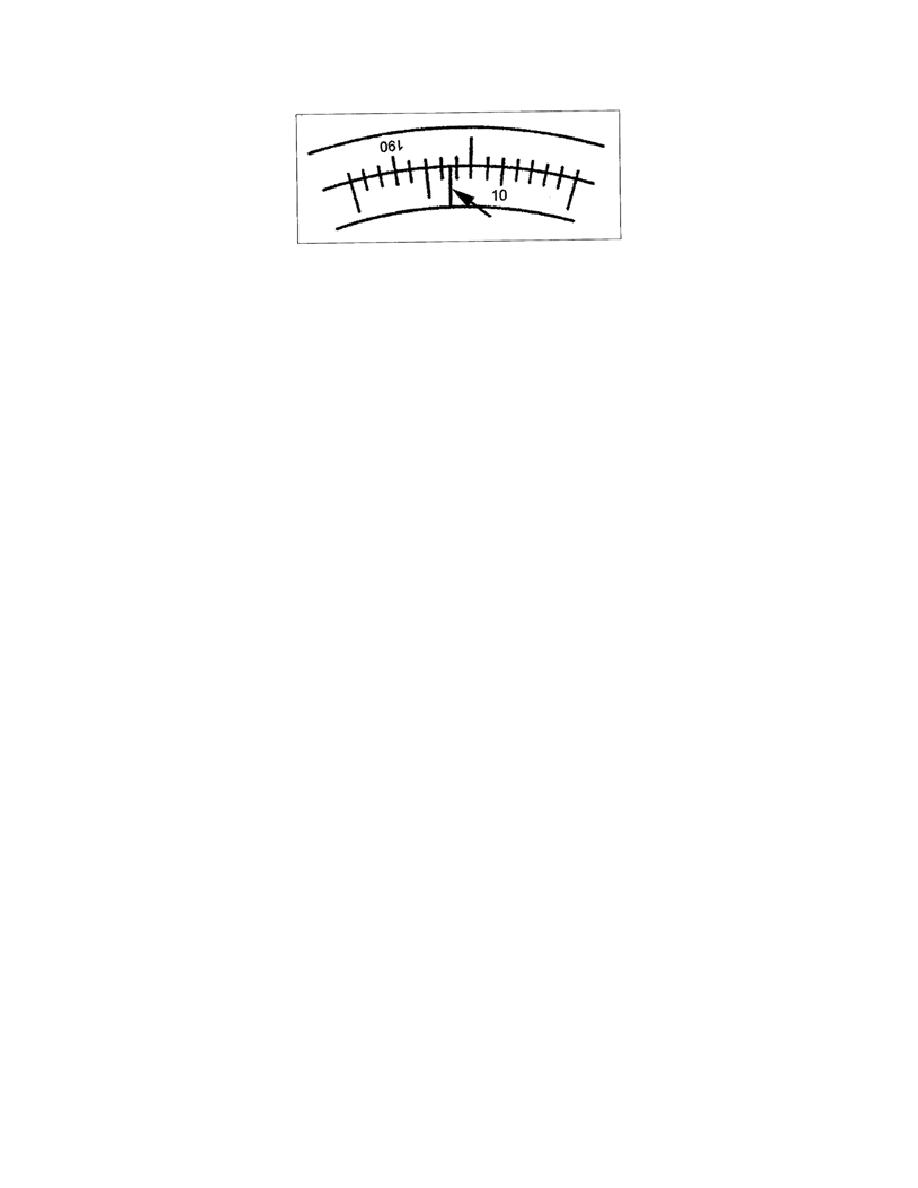
Figure 3-12. Determining the Minute Value Using the Index Mark (True-Degree Value Not
Visible)
(6) As shown in the preceding illustrations and explanations, various methods can be used to
read the horizontal circle to the nearest 2 minutes. To measure seconds, use the micrometer screw to
bring the opposite sides of the circle into optical coincidence and read the amount of movement on the
micrometer drum. The micrometer drum is divided into 60 seconds, with each second divided into 10
intervals. In a complete revolution of the micrometer drum, or a movement of 60 seconds, there is a
corresponding change of 2 minutes (120 seconds) on the horizontal circle. The horizontal circle is
double graduated in relation to the micrometer; therefore, you must read the seconds and tenths of a
second twice, and add the two readings together to get the true value of the direction.
(7) To make a complete reading, bring the observed object near the vertical crosshair, and clamp
the horizontal lock. Use the double crosshair for large objects and the single crosshair for normal
objects. All lights should be such that the single hair can be used accurately. Using the horizontal
tangent screw, put the vertical crosshair exactly on the center of the observed object.
(8) Look into the circle telescope, and bring the opposite sides of the circle into optical
coincidence using the micrometer screw. Mark the degree and minute readings on the horizontal circle,
and dictate these readings to the recorder while making the first coincidence with the micrometer drum.
When the coincidence is made, read the micrometer drum, but do not dictate the seconds and tenths of a
second to the recorder until the final coincidence reading is made.
(9) Throw the horizontal circle out of coincidence by rotating the micrometer screw about one-
half turn. Bring it back into coincidence, and read the micrometer drum again. This micrometer reading
must be within 0.3 of a second of the first micrometer reading. If it is not within these limits, repeat this
procedure until the two readings agree within 0.3 of a second. Dictate both of the readings to the
recorder exactly as they are on the micrometer drum.
g. Horizontal Directions. There are 16 positions that are necessary for first-order triangulation. A
position consists of two points or readings on each object observed. Therefore, if there are three objects
or stations, there will be 16 positions times 3 objects times 2 readings each (direct and reverse), which
equals 96 readings or points. These 16 positions constitute a set of observations.
3-23
EN0593



 Previous Page
Previous Page
